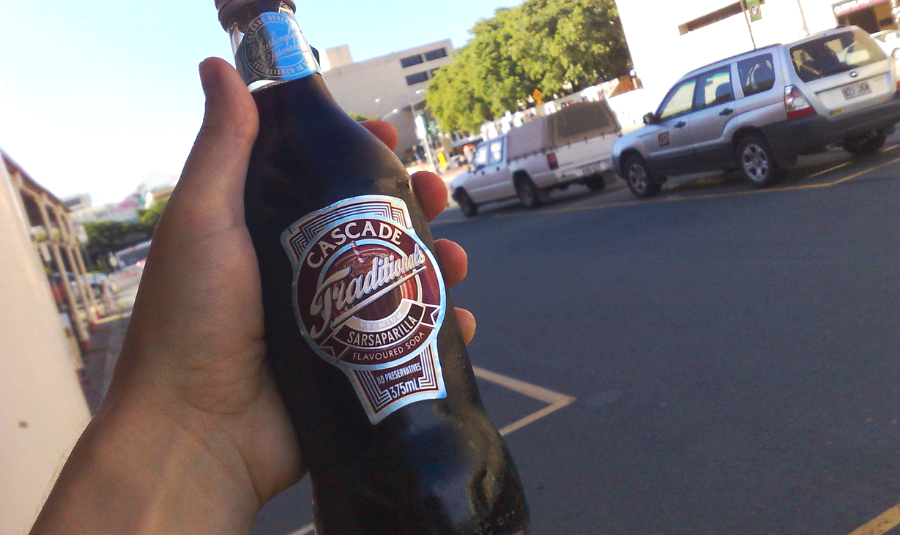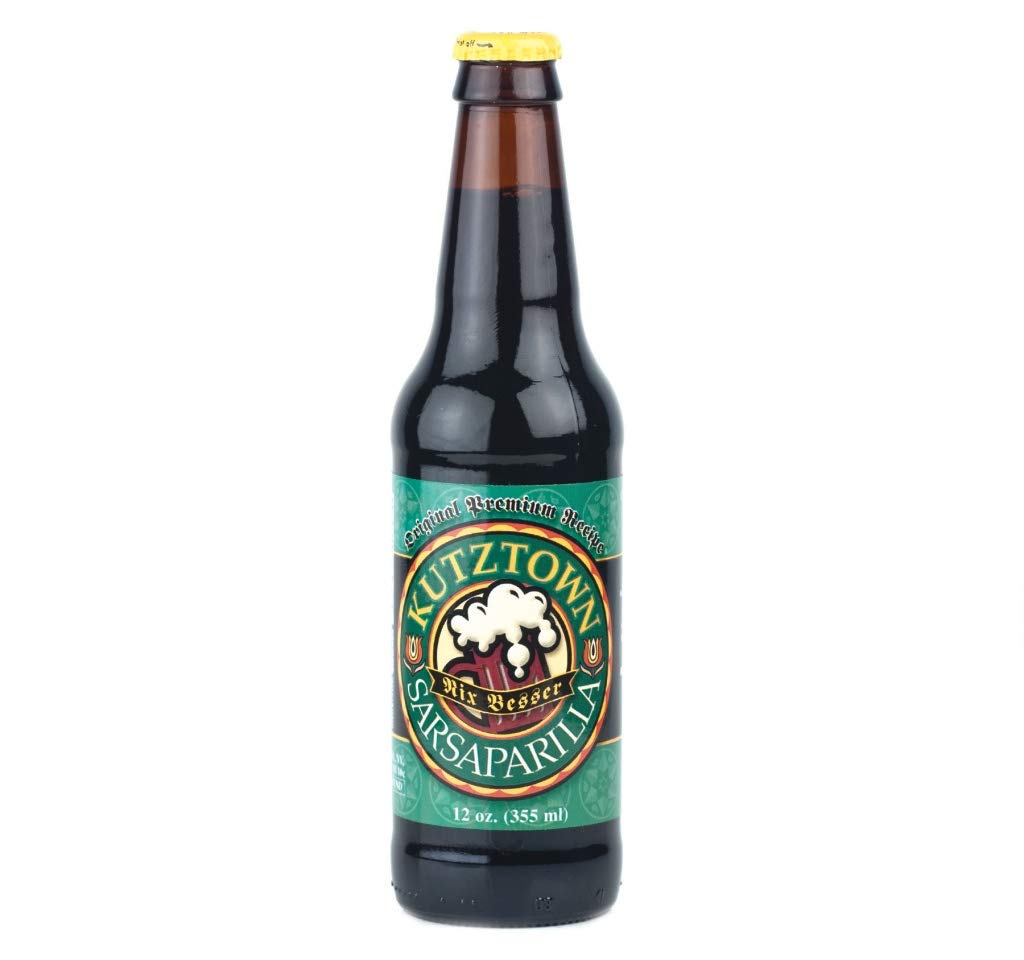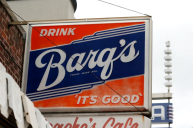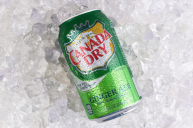Sarsaparilla conjures up the image of a Wild West cowboy bellying up to the bar in a saloon and ordering a "sasparilly." It used to be a popular soft drink in the United States, especially during the 19th century when it was considered a sort of health tonic, much like what Coca-Cola or club soda was first sold as. Today, though, sarsaparilla soda is a hard drink to find. What happened to this once-common soda pop?
Videos by Wide Open Country
What is Sarsaparilla soda?
The history of sarsaparilla dates back to the early 16th century. It comes from a plant family called smilacaceae. There is a variety of sarsaparilla species that are native to South America, Central America, and the Caribbean. Some common names of the sarsaparilla plant that root from the types of sarsaparilla species are smilax regelii, smilax aristolochiifolia and smilax glabra.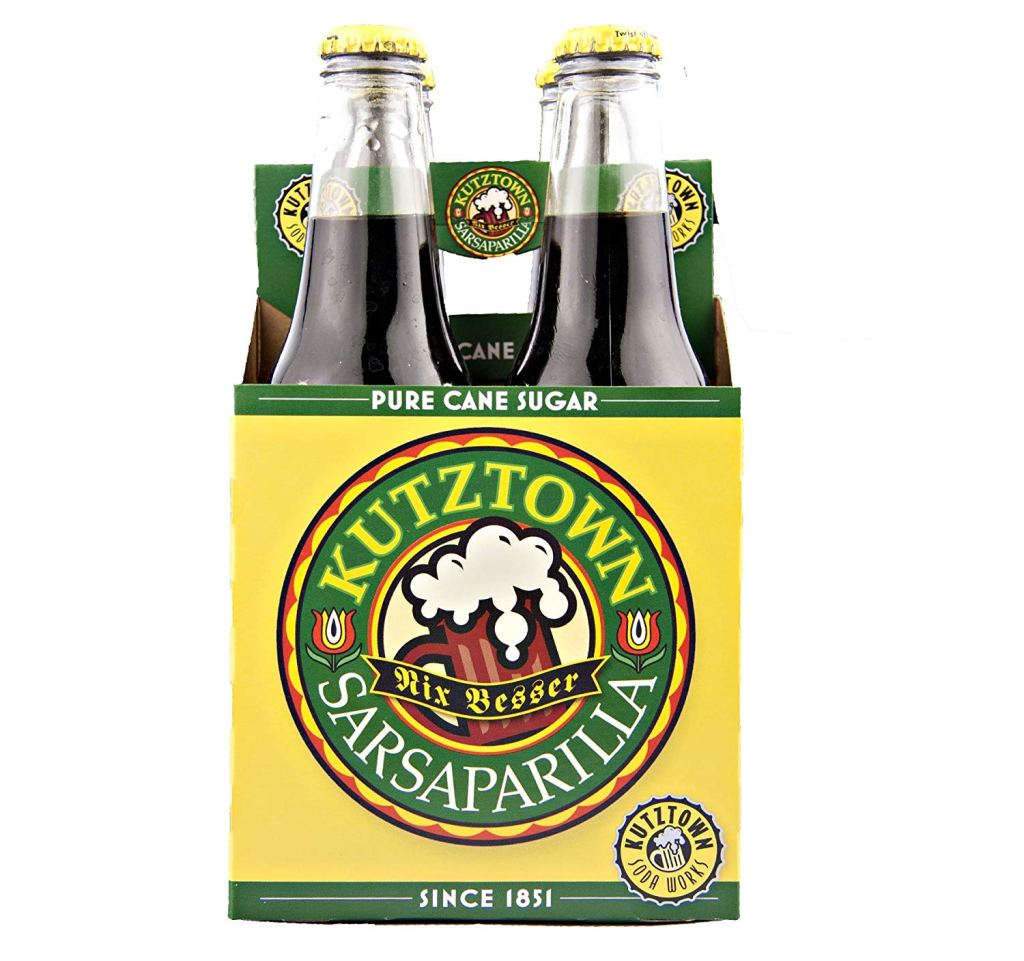 Amazon
Amazon
The steroidal saponins, flavonoid antioxidants and sterols from the sarsaparilla root were used for health benefits worldwide hundreds of years later. Since then, there have been variations of Chinese sarsaparilla, Spanish Sarsaparilla, Indian sarsaparilla, Mexican sarsaparilla, European sarsaparilla, and Jamaican sarsaparilla.
Since there are many benefits of sarsaparilla, the plant has long been considered to be an herbal medicine, but the sarsaparilla soft drink isn't actually made out of sarsaparilla, at least not in the United States. In some countries, the sarsaparilla root is brewed to make tea, but in America what was called sarsaparilla was actually brewed from sassafras root bark.
Is Sarsaparilla Root Beer and Where Can I Buy Sarsaparilla Soda?
Even though it is thought that sarsaparilla has anti-cancer properties and works as oxidative stress, rheumatism, and anti-inflammatory relief, tests by the U.S. Food and Drug Administration (FDA) also showed that a compound in sassafras called safrole caused cancer cells in mice. For that reason, in 1964 the FDA banned safrole, ruling that sassafras could not be sold as a commercial food ingredient (including as tea and in soft drinks like root beer and sarsaparilla).
It's a safe assumption that the ban led to the drop off in the use of sarsaparilla as a soft drink.
Originally, root beer also used sassafras as the main ingredient, adding licorice root, wintergreen leaves, vanilla bean, ginger root, and other aromatic flavorings like cinnamon sticks and star anise to round out the bitter sassafras taste. Although it didn't contain alcohol, Charles E. Hires, the American pharmacist who first created root beer, called it "beer" because he thought the name would appeal more to the Pennsylvania miners who were his primary customers. And he was right when they started to buy it by the keg.
Root beer was first sold in 1876 as a dry extract; customers would mix the package of roots, spices, and herbs up with sugar, yeast, and water to make the fermented drink. In 1880, Hires then decided to sell it brewed as a concentrated syrup. It wasn't until 1893 that he brewed and bottled root beer and sold it as a ready-to-drink product.
Like sarsaparilla soda, root beer used to be a lot more popular as a soft drink. It survived the ban of safrole better than sarsaparilla soda because it was able to simply replace the sarsaparilla root with more of the other root beer ingredients and artificial flavors to get a similar taste to the original product. Today, some root beer and sarsaparilla soda manufacturers use a sarsaparilla extract that has the safrole removed for a more authentic taste.
You can buy sassafras root in health food stores, where it's sold as a dietary supplement (meaning it's not regulated by the FDA), usually with a warning about the potential dangers of safrole. The plant also grows wild in the eastern half of the U.S. Although the ban on safrole still stands, the data suggests that a human would have to drink a lot more than one sassafras-based drink a day to get above the danger line for safrole consumption, and so some people choose to use the root to brew tea and make old-fashioned sarsaparilla or root beer drinks feeling that the benefit of small doses of safrole outweighs the harmful side effects.
But if you'd like to try your hand at a homebrew version of this old-fashioned soda, we've got a few recipes to make a sarsaparilla syrup and homemade sarsaparilla soda (or homemade root beer, if you'd rather think of it that way).
How To Make Sarsaparilla Soda
This root beer recipe doesn't ferment the beverage, instead of making a syrup that you mix with cold soda water. And if you're interested in foraging for wild sassafras, you'll find some great tips above the recipe.
This post was originally published on May 22nd, 2018
